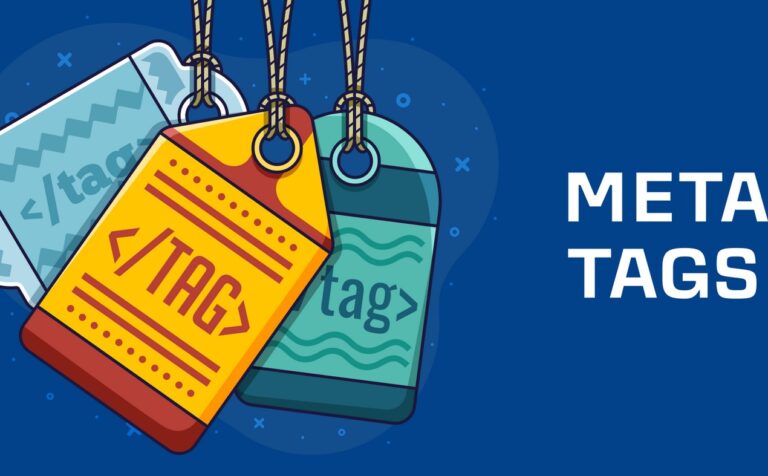



If the http-equiv attribute is set, the element is a pragma directive, providing information equivalent to what can be given by a similarly-named HTTP header.If the name attribute is set, the element provides document-level metadata, applying to the whole page.The type of metadata provided by the element can be one of the following: If the itemprop attribute is present:Īs it is a void element, the start tag must be present and the end tagĮncoding declaration, it can also be inside a The HTML element represents metadata that cannot be represented by other HTML meta-related elements, like, ,, or. Allowing cross-origin use of images and canvas.HTML table advanced features and accessibility.From object to iframe - other embedding technologies.Assessment: Structuring a page of content.
SOCIAL MEDIA META TAG VIDEO FREE
I hope you enjoyed it, feel free to reach out to me on any of my social media, and let me know what you think, or if you need any help implementing the tags. There are tags such as adding video previews etc if you have videos on your website. I do recommend that you visit the Open Graph website to read what options there are, we only showcased the simple ones that offer the most value from the start. If you haven’t already used Open Graph you should implement it right away. Metatags are easy to implement and use, but they give so much value when people share links to your website. Now this covers how Twitter does it, but the same goes for Facebook, etc, they have their Debugger, which you can use and also some related documentation if needed. It is easy to use, visit the validator, enter your URL and see if they accept your meta tags. The Twitter tags are the same as the og tags but prefixed with twitter: instead. I do recommend using their validator tool when you are testing to see that everything is working correctly.
SOCIAL MEDIA META TAG VIDEO HOW TO
You can see more about how to handle twitter specifically inW their developer documentation. twitter:card - Sets the image display option, such as summary_large_image to fill the whole tweet.This should be a high-quality image that is relevant to the content of the page. twitter:image - The URL of an image that represents the page.This should be a few sentences that provide more detail about the content of the page. twitter:description - A brief description of the page.This should be a brief, descriptive title that summarizes the content of the page. twitter:title - The title of the page.Here is a list of some of the most commonly used Twitter properties: This meta tag uses the twitter:title property to specify the title of the page, and it uses the content attribute to provide the value for the property. Notice how Twitter uses name instead of property To understand what all the tags relate to, I have made a simple image displaying the values are their corresponding location. This should be the canonical URL of the page, which is the preferred URL that should be used when the page is shared.



 0 kommentar(er)
0 kommentar(er)
